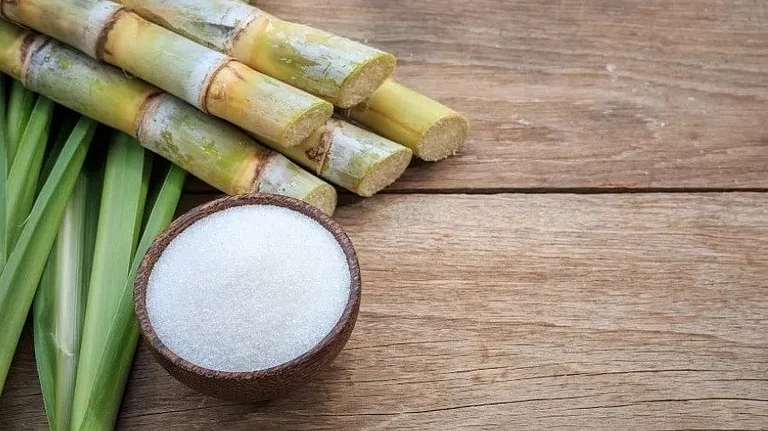The Union government has approved an additional 2.8 million tonnes of Food Corporation of India (FCI) rice for ethanol production in 2024-25, raising the total allocation to 5.2 million tonnes despite concerns over the diversion of food grains for fuel instead of ensuring food security, reported DownToEarth.
Will 2.8 Mn Tonnes of FCI Rice for Ethanol Risk India’s Food Security?
India’s push for ethanol production raises questions about food security as 2.8 million tonnes of rice are diverted for fuel
The allocation applies to the ethanol supply year (ESY) 2024-25, which runs from December 2024 to October 2025. This allocation comes on top of the 2.4 million tonnes sanctioned earlier. Of the total, amount of rice sanctioned under the Union government’s Ethanol Blended Petrol (EBP) programme, distilleries had already lifted approximately 1 million tonnes. The price of FCI rice for distilleries remains at Rs 22.50 per kilogram, stated DownToEarth.
Concerns Over Food Security
The Ethanol Blended Petrol (EBP) scheme aims to reduce pollution and cut down on fossil fuel imports. However, critics argue that diverting rice and other staple food grains for industrial use poses risks to food security. Rice, sugarcane and maize, are essential staples for India’s food and livestock feed systems. All three crops are increasingly being used as feedstocks for ethanol production.
To meet the 20% target that the government has set for 2025, the country will require about 1,016 crore litres of ethanol annually. Achieving this would require a shift from sugar and sugarcane—leading to a growing dependence on maize, broken rice and rice procured from Food Corporation of India, in the following years. Estimates suggest that India will need to produce 11–12 million tons of grains, comprising maize and rice, 275 million tonnes of sugarcane, covering a land area equal to 7.1 million hectares of land.
Experts caution that while high yielding varieties can help meet the demand, it would also increase reliance on water, pesticides and fertilizers.According to IndiaSpend’s May 2022 report, the E20 target may not significantly reduce emissions, may harm food security, and will provide only marginal energy security.
Further, the Institute for Energy Economics and Financial Analysis (IEEFA) argues that using food-based feedstocks for ethanol production may not be the best use of land in a country where hunger remains a pressing issue.
